The Brexit debate has almost only been concentrating on the political level, conditions for the Withdrawal Agreement and what will happen if UK leaves the European Union without an agreement on Match 29, 2019.
We have heard about how UK could leave with a no-deal Hard Brexit and use the WTO rules, especially since the Meaningful Vote was voted down in early January. The practical work in UK Government on agency level has more and more – fully understandable – been concentrating on how to prepare for consequences of a potential no-deal.
Let me already here say that leaving with no-deal and using the WTO rules will not take care of the logistic chaos by the border that will be the result on Day 1 after a no-deal hard Brexit March 29.
Last week a new vote in the House of Commons showed that there could be a majority for a deal and for the Withdrawal Agreement (WA) if an amendment was done regarding the Irish backstop.
The Brady amendment requires UK to re-negotiate the WA and to replace the Northern Ireland Backstop with “alternative arrangements”.
The EU reaction from various initiated speakers was consistant and negative – saying that the WA can’t be opened and re-negotiated.
However, EU has asked for what UK wants to approve the deal, and this is what UK answered.
So what is “alternative arrangements”?
“…what is “alternative arrangements”?
PM Theresa May said this week in the Parliament; “The political declaration already references alternative arrangements and raises a number of proposals that can be addressed such as mutual recognition of trusted trader schemes”.
A new UK Trusted Trader Programme and a technical Mutual Recognition Agreement (MRA) between UK and EU is the platform for a new Customs process, a border process that makes trade possible post-Brexit. This is how other countries solve similar challenges, maybe on another a scale, and it is the instrument available in international standards.
Trusted Trader and Mutual Recognition is one of the fundamental parts of a Smart Border 2.0 solution.
Let me in this context again say that the Trusted Trader Programme we talk about here is not the same AEO concept used in EU/UK today (and often in UK considered not so efficient) but a new and more dynamic, holistic multi-tier system with lower thresholds to get in – and a new attactive benefit programme for business.
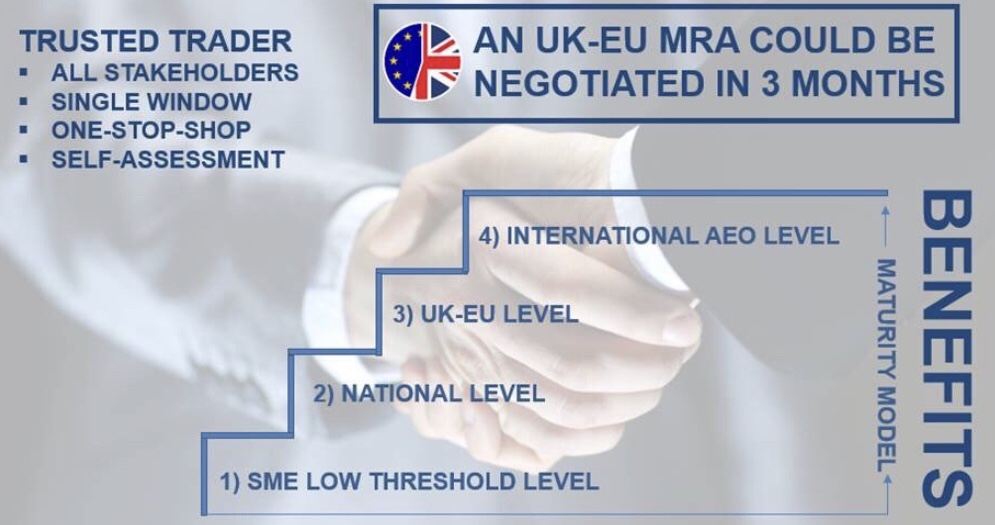 An example on a design of a new Trusted Trader (AEO) programme [Smart Borders 2.1]
An example on a design of a new Trusted Trader (AEO) programme [Smart Borders 2.1]
For Brexit the border solutions are to be discussed in the next negotiations after a deal is agreed under what is called Future Relations. However, I believe that we already now need to have a dialgue about how a border can be designed based on international customs law and best practices. We can today design a border very diffrently from the external EU borders that were developed deacdes ago.
We need to separate the political discussion from the dialogue about practical technical solutions. There need to be room for both discussions in parallell.
“…maybe now is the time to talk about the possible technical solutions again?”
So maybe now is the time to talk about the possible technical solutions again?
I have presented a solution, Smart Borders 2.0/2.1 to the European Parliament’s Committee on Constitutional Affairs (AFCO) and to the UK Parliament House of Commons Exiting the EU Committee, House of Commons Nortern Ireland Affairs Committee and the House of Lords Foreign Affairs Committee and several other institutions. I have also given numerous interviews in media about these solutions.
“Smart Borders 2.0/2.1 is a standardized way to design fast and safe border crossings by moving necessary border formalities to before and after the border”.
The World Customs Organization has just announced that the institution dedicates 2019 to the theme, ‘Smart Borders’.
Smart Borders 2.0/2.1 is a standardized way to design fast and safe border crossings by moving necessary border formalities to before and after the border.
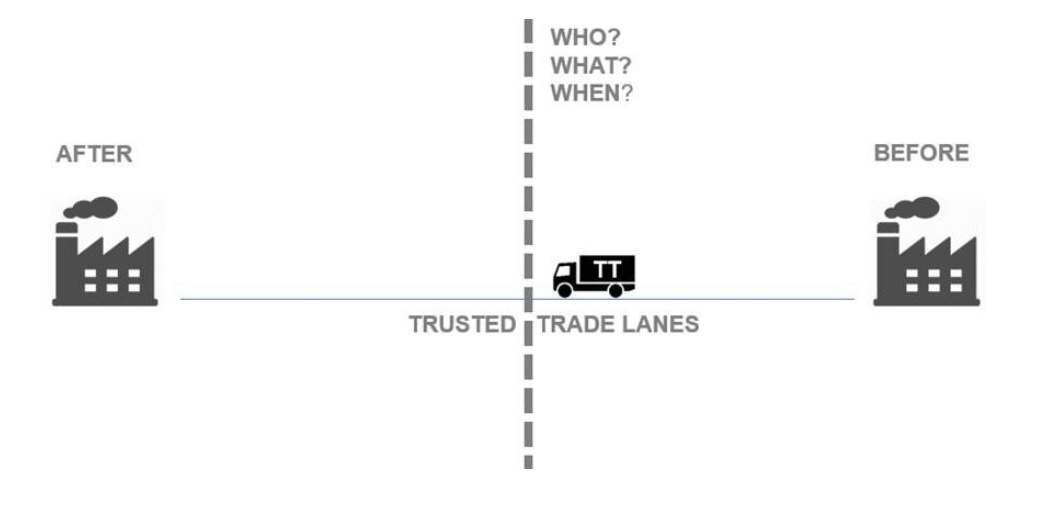 A Smart Border solution moves border formalities away from the border to before and after the border [Smart Borders 2.1]
A Smart Border solution moves border formalities away from the border to before and after the border [Smart Borders 2.1]
Smart Borders 2.1 is a way to handle the NI/ROI border and it can be implemented without infrastructure at the border, if both parties agree.
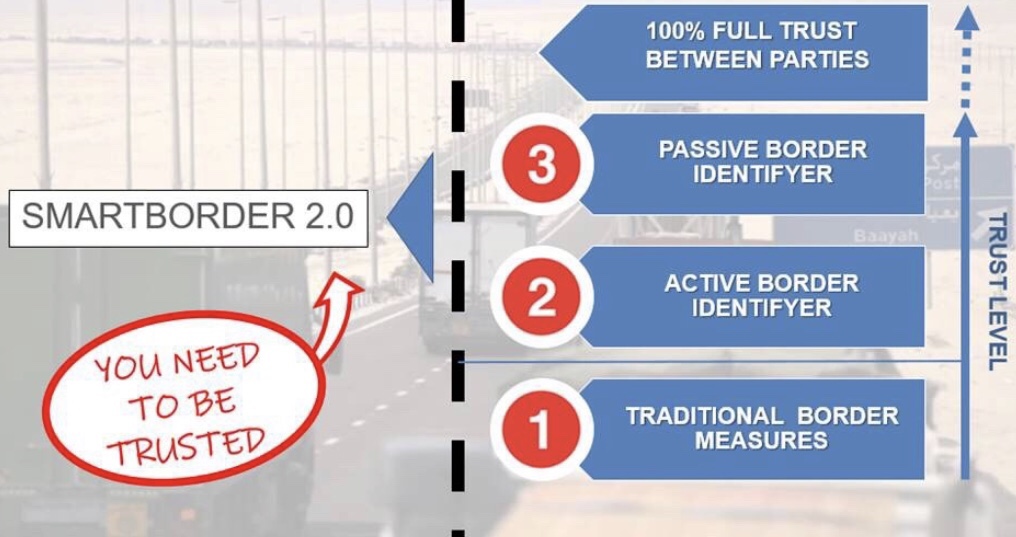 The Smart Border identification at the border can be done in different ways with no identification at the top, if agreed [Smart Border 2.1]
The Smart Border identification at the border can be done in different ways with no identification at the top, if agreed [Smart Border 2.1]
However, Smart Borders 2.1 is also a way to handle the other new UK-EU borders, especially the from a volume perspective challenging English Channel through the Channel Tunnel and the ferries across the Channel. This can be done with one single operational Smart Border model and different applications.
Let me underline one very important thing that people seem to always forget. This is not about technology only, it is about using smart Customs and Border techniques, processes and models in combination with modern technology. In fact, the BPR and new models are more important than the technology. I have stated this fact many times, but still people only talk about technology.
So what is needed?
These are the important components;
- A new Trusted Trader Programme (registration)
- Electronic Exchange of Information for Exportdata and Importdata
- A Trusted Transport and/or Transit
- Use of existing infrastructure for management, monitoring and when needed surveillance
- Identification by the border (can be frictionless on the Irish border and technology infrastructure on the Channel Traffic)
- A protocol for cross-border exchange of technical information and data
- Self-Assessment by Trusted Traders
- Alternative Inspection Facilities
- Cross-Border agency cooperation
This is what is needed to fulfil all border formalities and regulations in line with international laws and conventions.
Let me in this context also say that the model described is not only to handle Customs formalities, tariffs, controls and inspections – but also conventions and legislation for other agency areas like; sanitary controls (-griculture/food & health), security, safety, IPR (non-tariff barriers) etc.
Another reply I often get when talking about Smart Borders is if this solution can handle illegal activities, contraband and smuggling?
This is a complicated topic, but it is also a question that is easy to answer.
A Smart Border model is primarily there to handle the legal trade, while we since many years handle international cross-border crime with other methods.
Today we fight crime related to borders with intelligence, surveillance, investigation, advanced analysis and risk based targeted actions. We don’t handle these type of crimes with random inspections by the border anymore. In fact, experience show that Trusted Trade Lanes based on Smart Border systems provides additional information that can be used to improve these modern techniques.
Could this Smart Border solution be in place to March 29 2019? No, this is not possible.
How long would it take to implement?
I have stated publically several times that it can be developed and implemented within 24 months. This is what it takes. It is my estimation based on my 35 years of experience having worked with international standard setting, academic research and executive operational management of Customs and borders (and in addition having visisted and seen more than 800 borders around the world).
The key question is then, could this solution – or another similar one – be in place before an potential transition period ends?
My answer is yes, it is possible.
“…could this solution – or another similar one – be in place before an potential transition period ends? My answer is yes, it is possible”.
The important thing here is that we need to be able to talk about this, without ending up in a for or against debate.
I have no preference. I only talk about what is possible in relation to borders from a professional perspective post-Brexit if UK leaves the EU. I do believe that this is an urgent and valid discussion that we need to have now.
As an international expert in this field having spent my entire professional life serving the public and private society promoting trade and growth, combatting international cross-border crime I se it as my duty to contribute if I can. This is my contribution.
UK PM Theresa May writes in the Telegraph:
Last Sunday, Parliament prepared to hold a series of votes of huge importance to the Brexit process.The menu of choices before MPs was extensive and, in some cases, had far- reaching and long term implications for the way the UK is governed.
MPs were invited to back an amendment which would have given Parliament unprecedented power to direct the Government to extend the Article 50 process – frustrating Brexit and deferring the difficult decisions which remain to be taken before we leave the EU. They voted not to do so.
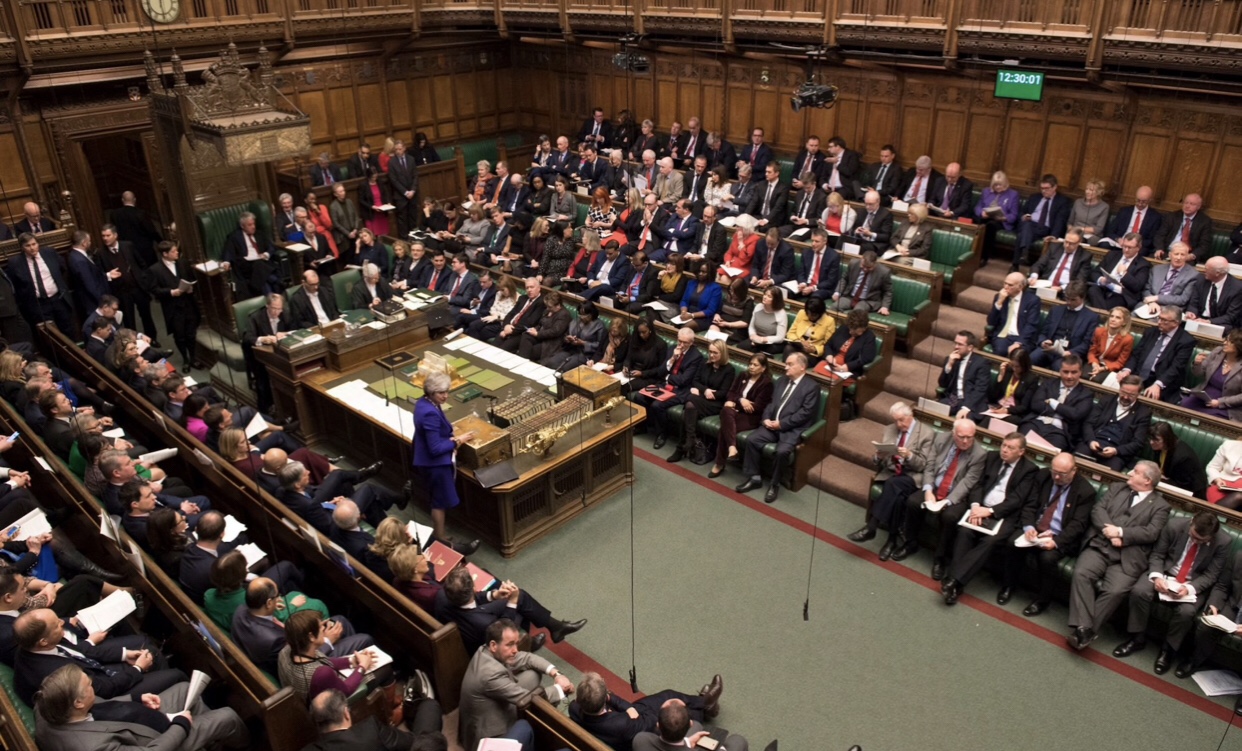
MPs could have opted to seize control of the Parliamentary timetable from the Government in order to hold debates on matters such as holding a second referendum. They voted not to do so.
However, Tuesday’s votes were not just about what Parliament did not want. Crucially, after months of passionate and often divisive debate, Parliament sent a clear message about what it does want.By a majority of 16, MPs said that, with changes to the Northern Ireland backstop, they would support the deal that I agreed with Brussels to take us out of the EU. Significantly, the amendment that MPs voted in favour of carried support from across the Conservative Party. My colleagues – who had found themselves in different division lobbies in recent months – stood together, united in support of a single proposition.
Combined with measures to address concerns over Parliament’s role in the negotiation of the future relationship, and commitments on workers’ rights and environmental protection – in law where need be – I am now confident there is a route that can secure a majority in the House of Commons for leaving the EU with a deal. This represents a significant step towards delivering Brexit and fulfilling the instruction given to us by the British public. Now that same British public wants us to get on and finish the job.
I’ve spoken to people from every side of this debate. While a few people at either end of the argument continue to shout loudly, the vast majority just want MPs to set out a clear plan that will get Brexit through Parliament and allow us to embark upon the next chapter of our national story.
I’m committed to doing just that. It’s why I’ve asked MPs to work through the February recess, so there is sufficient time to complete the many legislative tasks at hand. It’s why I’m continuing to work with and listen to politicians from all parties, the leaders of our biggest trade unions and senior figures representing the businesses that power our economy and provide jobs for millions of British people. And it’s why when I return to Brussels I will be battling for Britain and Northern Ireland, I will be armed with a fresh mandate, new ideas and a renewed determination to agree a pragmatic solution that delivers the Brexit the British people voted for, while ensuring there is no hard border between Northern Ireland and the Republic of Ireland. That is what Parliament instructed me to do on Tuesday night.
Although Jeremy Corbyn didn’t vote with us, he also believes the potential indefinite nature of the backstop is an issue that needs to be addressed with Brussels. That is exactly what I’m doing. I reject the charge that seeking alternative arrangements for the backstop constitutes “ripping up the Good Friday Agreement”. As Prime Minister of the United Kingdom, I would never do anything to put that union at risk or jeopardise the hard won peace.
‘The EU has already accepted the principle of “alternative arrangements” superseding the backstop should it ever be required’
The EU has already accepted the principle of “alternative arrangements” superseding the backstop should it ever be required. And Graham Brady, whose amendment MPs united around, made it clear that while replacing the backstop with alternative arrangements was one option, he would also be happy with the current backstop if there was a time limit or unilateral exit mechanism. So to suggest that we intend to break our commitments to the people of Northern Ireland is simply untrue.
Nor do I have time for those who believe the verdict passed by the British people in 2016 should be overturned before it is even implemented. This week the leaders of the campaign for a second referendum had the chance to put their plan before the House of Commons – but they recognised there is no majority in this Parliament to hold another vote. Indeed, I believe there never will be.
When the House of Commons refused to support the withdrawal agreement, I listened – I pledged to think again, and go back to Brussels to secure a plan that Parliament can stand behind. Now it’s time for MPs demanding a second referendum to do the same – listen to the House and instead put your efforts behind securing a better Brexit for all of us.
‘Because the UK is leaving the EU’.
Because the UK is leaving the EU. The clock is ticking, and negotiating the changes MPs want to see will not be easy. But if we stand together and speak with one voice, I believe we can find the right way forward.
I’m determined to deliver Brexit, and determined to deliver on time – on March 29, 2019. So let’s put aside our differences and focus on getting the deal over the line. Brexit offers great opportunities for our country. It’s up to all of us at Westminster to make it work.
Read the article here: I will battle for Britain in Brussels
Source: The Telegraph
Swedish people are famous for always talking about the weather. We are obsessed with weather. Maybe because we live where we live, close to and above the polar circle.
 Boiling water freezing when thrown in NYC
Boiling water freezing when thrown in NYC
I have for many years made the joke to friends I meet, “you got to go and visit Stockholm, it is one of the most beautiful cities in the world – but you have to go in the summer, and summer is unfortunately a different week every year”. That is a typical Swedish joke.
We often get minus 20C in the winter, when I was working as Head of Debelopment of Swedish Customs we had our IT branch in Luleå above the polar circle where it could be minus 40C in the winter. You get used to it.
We are also due to our weather conditions not so worried about ice, snow and cold as most people in other countries are. I live in the South of the country but I commuted north to Stockholm for eleven years. I always had a look at the weather forecast before leaving, and I never brought a coat or any outerwear (only a jacket) if it wasn’t predicted to be below minus zero.
 I bet this guy is Swedish
I bet this guy is Swedish
This year people all around the world are seeing examples of extreme weather. For the moment Inited States have extreme cold. It they say, it is. For us those degrees below zero is a normal winter.
I guess that the weather always has fascinated man. Even more so when we were really dependent on it for survival, but I am sure we will continue to talk about the weather when we meet also in the future.


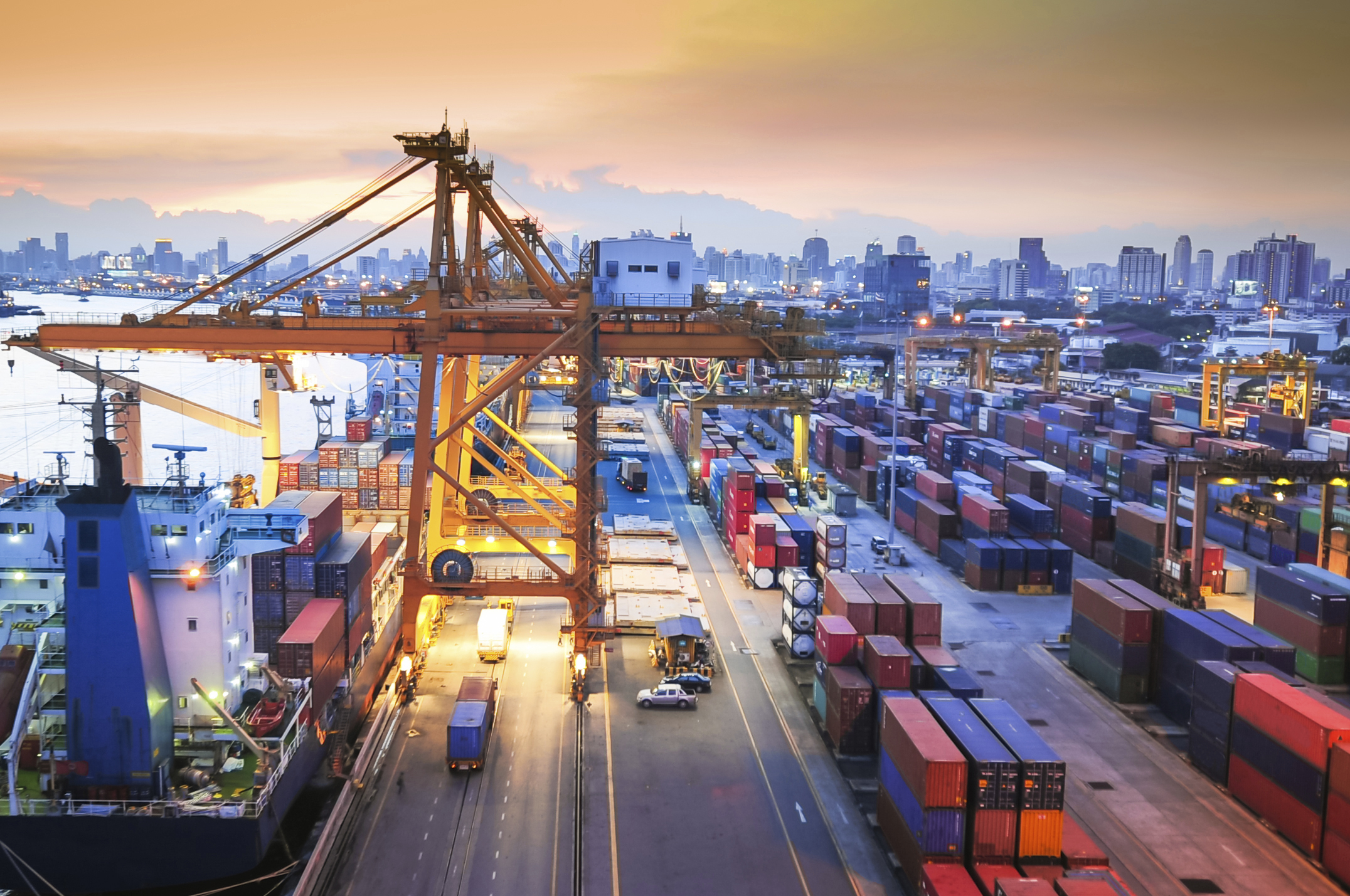
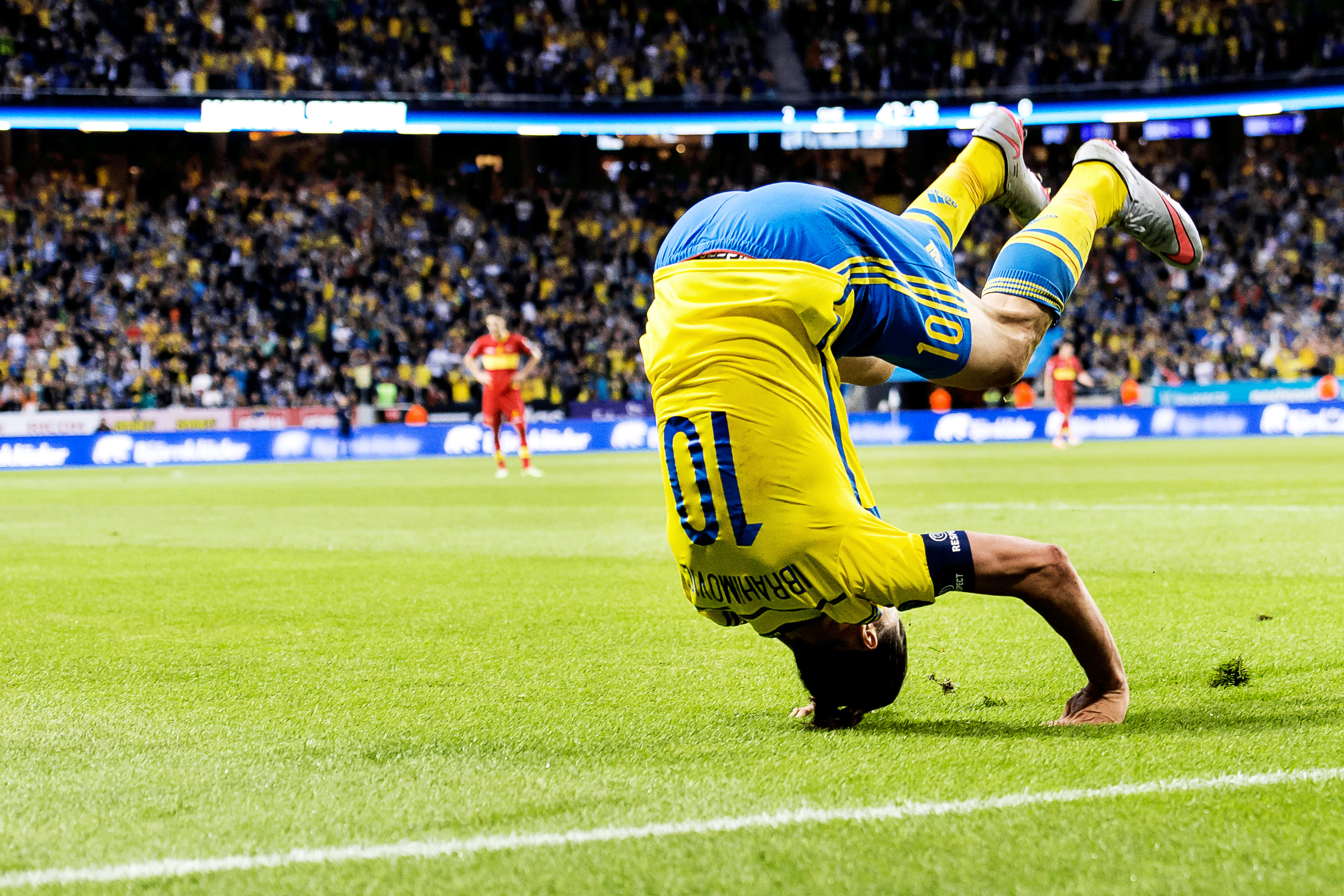


You must be logged in to post a comment.